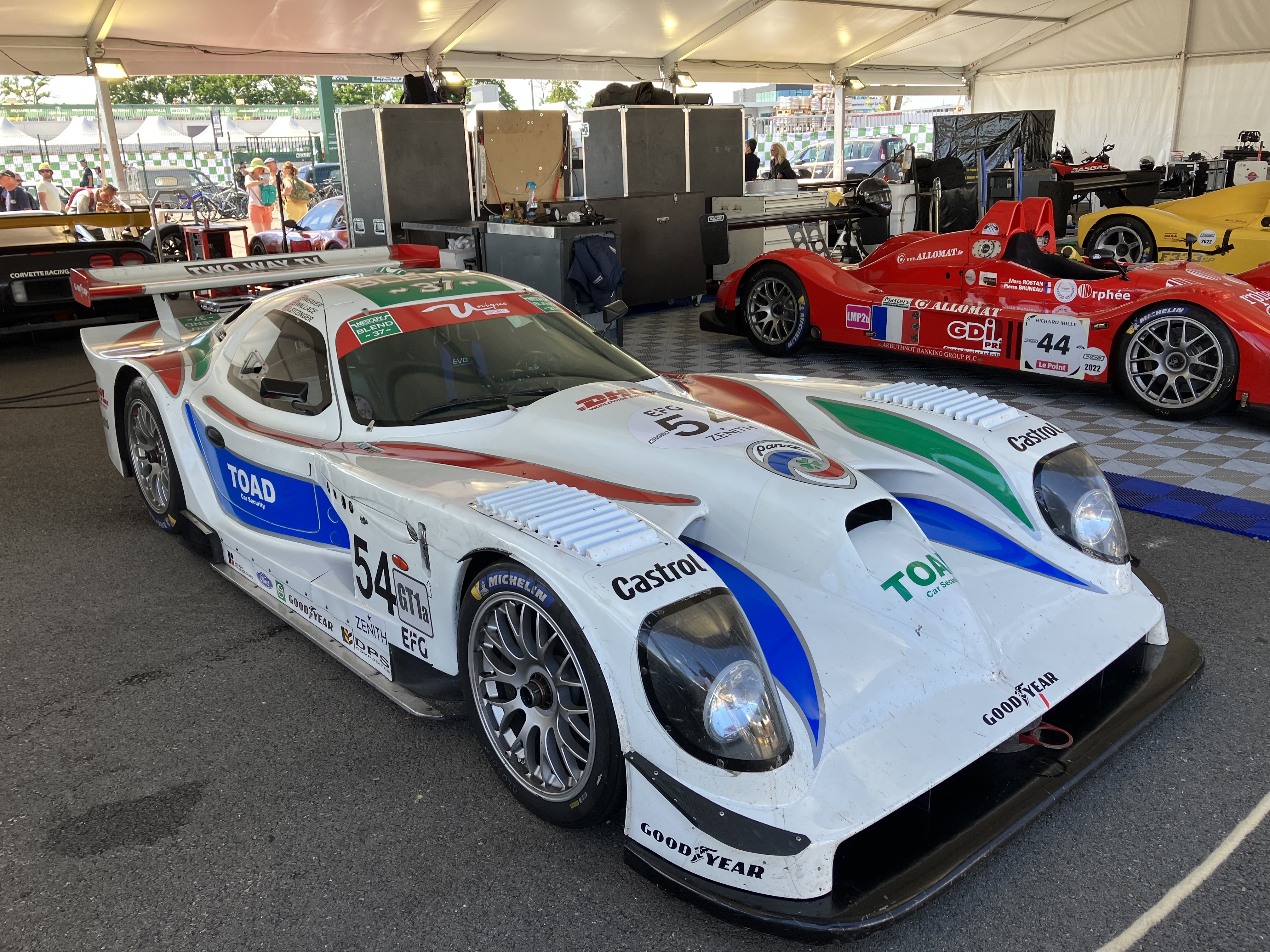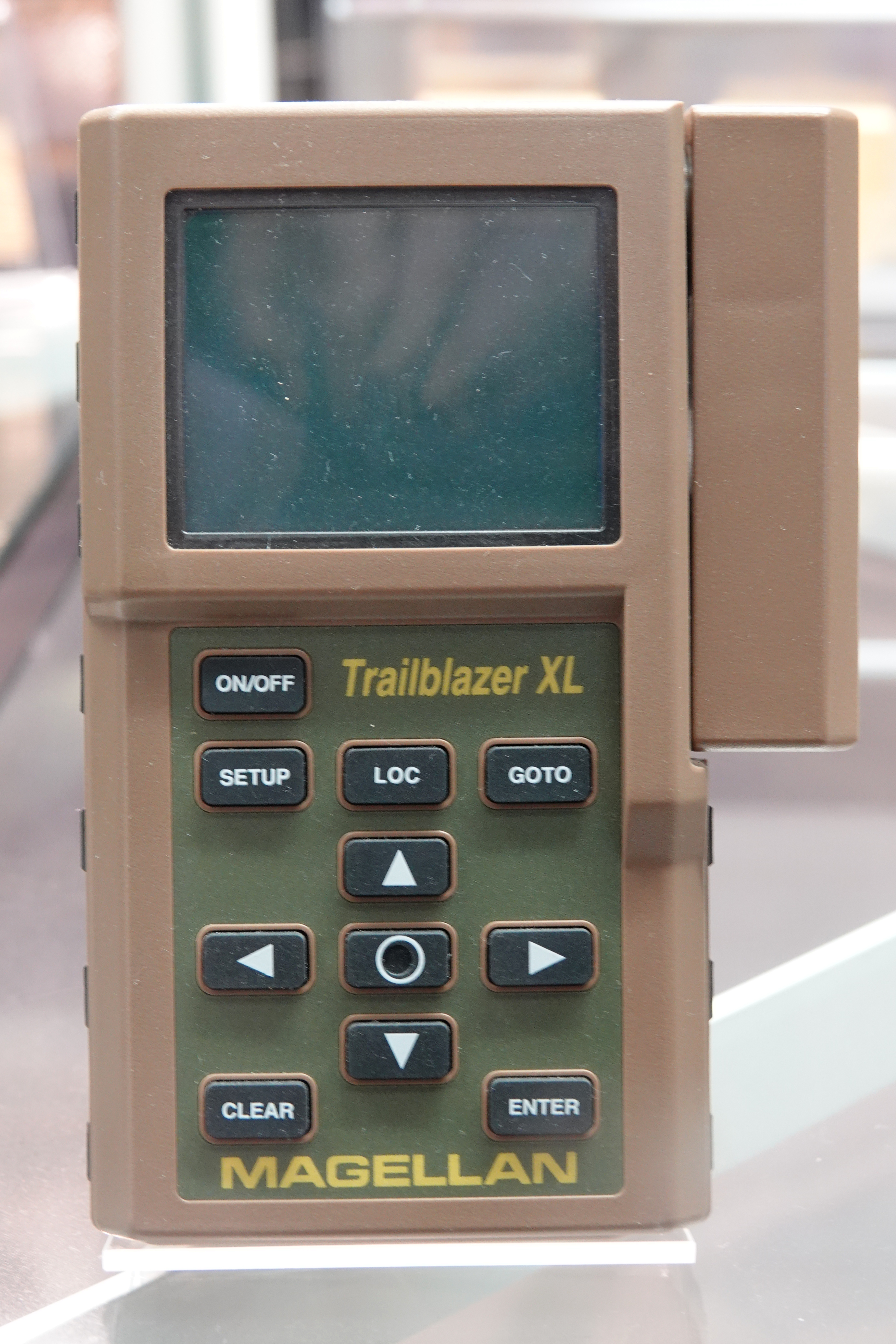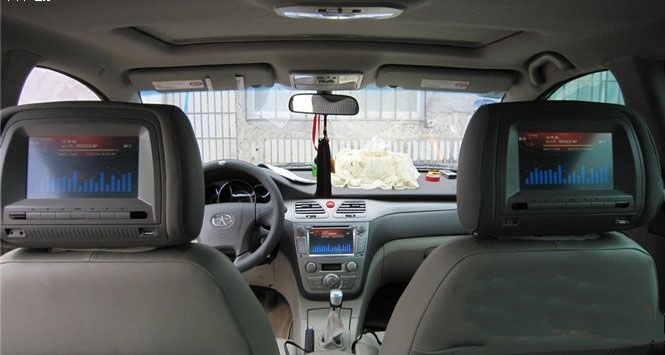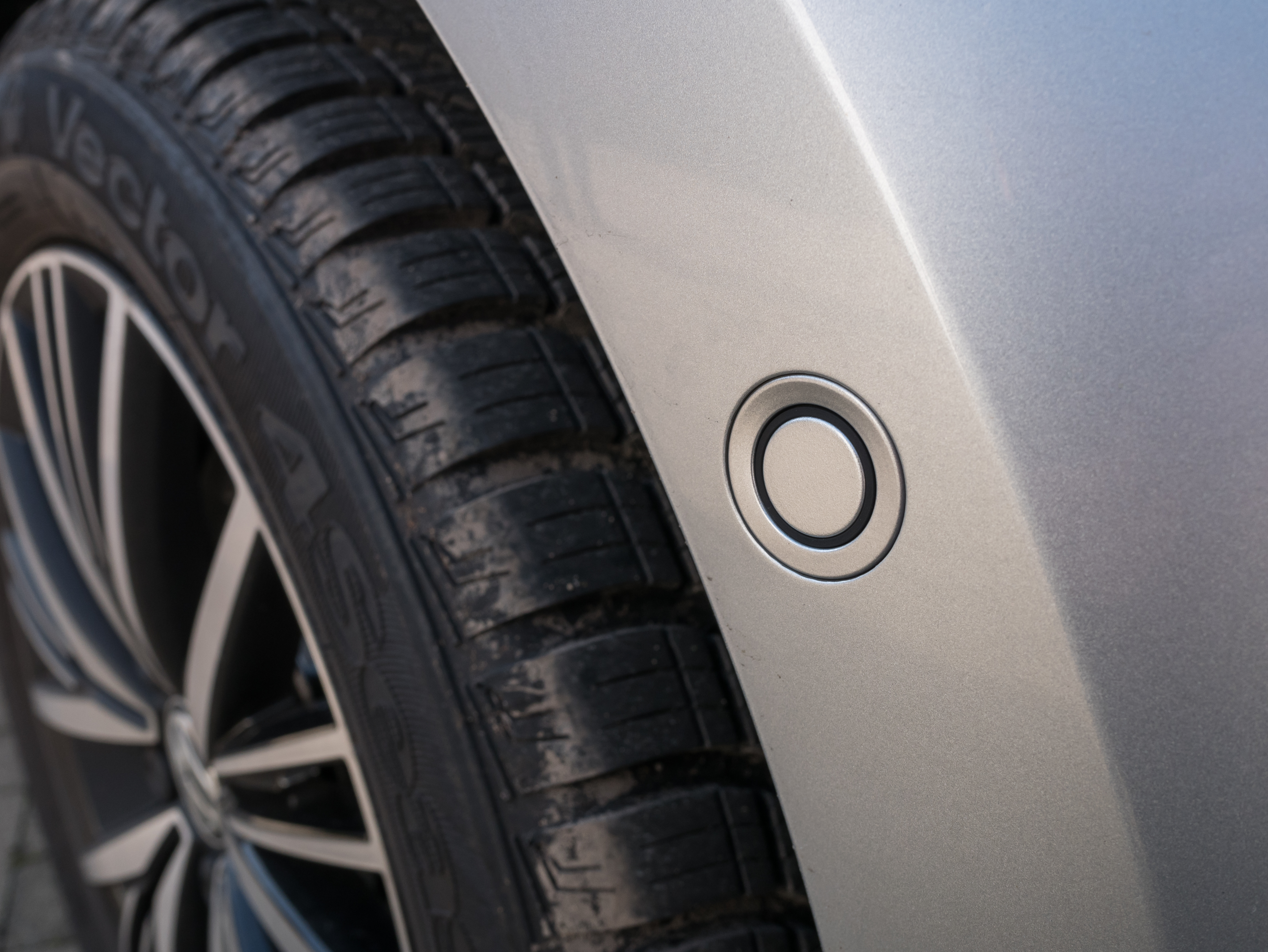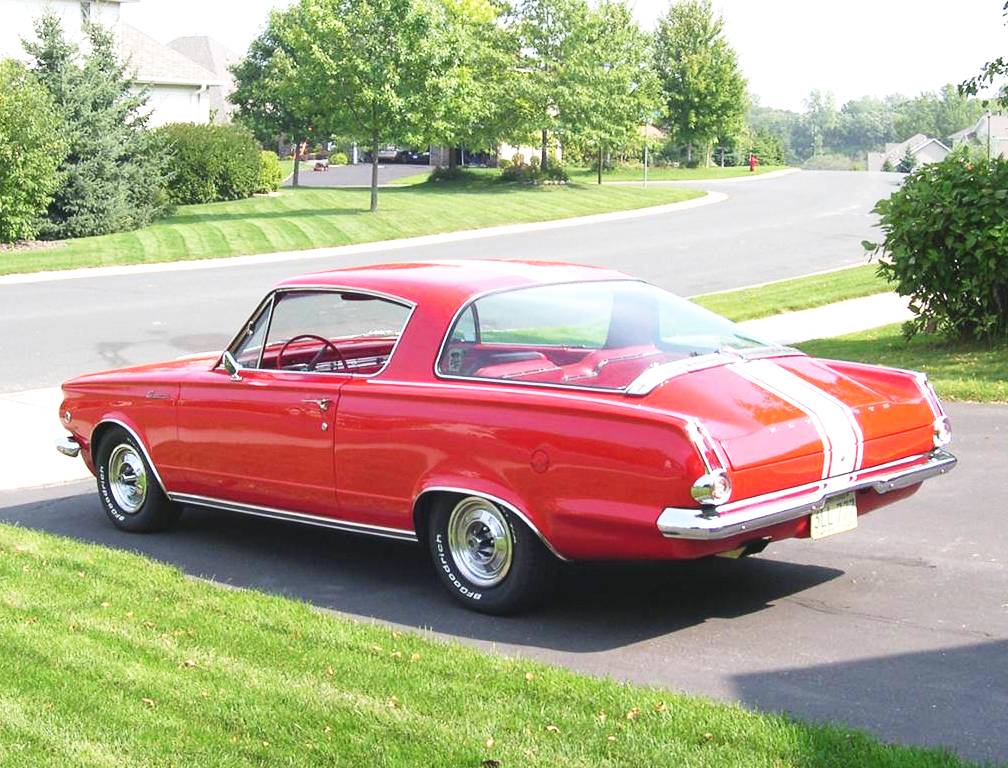|
Equus Automotive
The Equus Bass770 (stylized in all caps as EQUUS BASS770) is an American fastback luxury muscle car manufactured by Equus Automotive, named after its founder, Bassam Abdallah. At its launch in 2015, six models were available: Accent, Accent Plus, Design, Design Plus, Edition, and Collection. Design The Bass770's design was inspired by muscle cars from the 1960s-1970s, most notably, the first generation Ford Mustang fastback, with other design cues taken from the Chevrolet Camaro, Dodge Challenger, Dodge Charger, Plymouth Barracuda, Pontiac GTO, and AMC Marlin. This inspiration extends to the Bass770's interior, which makes heavy use of physical gauges and switches with metal accents. Despite its styling, the Bass770 comes equipped with various modern comfort features, such as LED lights, parking sensors, an infotainment system and GPS navigation. Specifications The car's chassis and body are made of aluminum with carbon fiber linings. The entire vehicle is handcrafted. ... [...More Info...] [...Related Items...] OR: [Wikipedia] [Google] [Baidu] |
Panoz
Panoz is an American manufacturer of Luxury car, luxury Sports car, sports automobiles founded in 1989 as Panoz Auto Development by Don Panoz, Dan Panoz, son of Don Panoz (1935 – 2018). The company has also been extensively involved in professional racing, and designs, engineers and builds its own race cars (including chassis and components). Panoz products have included the Panoz Roadster and Panoz Roadster, AIV Roadster, the Panoz Esperante, and the Panoz Avezzano and the Panoz Abruzzi. Panoz and racing Since 1997, Panoz cars have competed in racing series around the world. Team Panoz Racing race the Panoz Avezzano in the Pirelli GTS class, and in 2018 won the Manufacturer's Championship. In addition to European Le Mans Series, Le Mans series (Now European Le Mans series) wins, an Panoz Esperante, Esperante GTLM won the GT2 class at the 2006 24 Hours of Le Mans and in the same year, won the 2006 12 Hours of Sebring and was on the podium at the endurance season finale, 2006 ... [...More Info...] [...Related Items...] OR: [Wikipedia] [Google] [Baidu] |
Ford Mustang (first Generation)
The first-generation Ford Mustang was manufactured by Ford from March 1964 until 1973. The introduction of the Mustang created a new class of automobiles known as pony cars. The Mustang's styling, with its long hood and short deck, proved wildly popular and inspired a host of competition. It was introduced on April 17, 1964, as a hardtop and convertible, with the fastback version following in August 1964. Upon introduction, the Mustang, sharing its platform with the Falcon, was slotted into the compact car segment. The first-generation Mustangs grew in overall dimensions and engine power with each revision. The 1971 model featured a drastic redesign. After an initial surge, sales steadily declined, and Ford began working on a new generation Mustang. With the onset of the 1973 oil crisis, Ford was prepared, having already designed the smaller Mustang II for the 1974 model year. This new car shared no components with preceding models. Conception and styling As Lee Iacoc ... [...More Info...] [...Related Items...] OR: [Wikipedia] [Google] [Baidu] |
Carbon Fiber
Carbon fiber-reinforced polymers (American English), carbon-fibre-reinforced polymers ( Commonwealth English), carbon-fiber-reinforced plastics, carbon-fiber reinforced-thermoplastic (CFRP, CRP, CFRTP), also known as carbon fiber, carbon composite, or just carbon, are extremely strong and light fiber-reinforced plastics that contain carbon fibers. CFRPs can be expensive to produce, but are commonly used wherever high strength-to-weight ratio and stiffness (rigidity) are required, such as aerospace, superstructures of ships, automotive, civil engineering, sports equipment, and an increasing number of consumer and technical applications. The binding polymer is often a thermoset resin such as epoxy, but other thermoset or thermoplastic polymers, such as polyester, vinyl ester, or nylon, are sometimes used. The properties of the final CFRP product can be affected by the type of additives introduced to the binding matrix (resin). The most common additive is silica, but other ... [...More Info...] [...Related Items...] OR: [Wikipedia] [Google] [Baidu] |
Aluminum
Aluminium (or aluminum in North American English) is a chemical element; it has chemical symbol, symbol Al and atomic number 13. It has a density lower than that of other common metals, about one-third that of steel. Aluminium has a great affinity towards oxygen, passivation (chemistry), forming a protective layer of aluminium oxide, oxide on the surface when exposed to air. It visually resembles silver, both in its color and in its great ability to reflect light. It is soft, magnetism, nonmagnetic, and ductility, ductile. It has one stable isotope, 27Al, which is highly abundant, making aluminium the abundance of the chemical elements, 12th-most abundant element in the universe. The radioactive decay, radioactivity of aluminium-26, 26Al leads to it being used in radiometric dating. Chemically, aluminium is a post-transition metal in the boron group; as is common for the group, aluminium forms compounds primarily in the +3 oxidation state. The aluminium cation Al3+ ... [...More Info...] [...Related Items...] OR: [Wikipedia] [Google] [Baidu] |
Chassis
A chassis (, ; plural ''chassis'' from French châssis ) is the load-bearing framework of a manufactured object, which structurally supports the object in its construction and function. An example of a chassis is a vehicle frame, the underpart of a motor vehicle, on which the body is mounted; if the running gear such as wheels and transmission, and sometimes even the driver's seat, are included, then the assembly is described as a rolling chassis. Examples Vehicles In the case of vehicles, the term ''rolling chassis'' means the frame plus the "running gear" like engine, transmission, drive shaft, differential, and suspension. The "rolling chassis" description originated from assembly production when an integrated chassis "rolled on its own tires" just before truck bodies were bolted to the frames near the end of the line. An underbody (sometimes referred to as " coachwork"), which is usually not necessary for the integrity of the structure, is built on the chassis to c ... [...More Info...] [...Related Items...] OR: [Wikipedia] [Google] [Baidu] |
GPS Navigation Device
A satellite navigation (satnav) device or GPS device is a device that uses satellites of the Global Positioning System (GPS) or similar global navigation satellite systems (GNSS). A satnav device can determine the user's geographic coordinates and may display the geographical position on a map and offer routing directions (as in turn-by-turn navigation). , four GNSS systems are operational: the original United States' GPS, the European Union's Galileo, Russia's GLONASS, and China's BeiDou Navigation Satellite System. The Indian Regional Navigation Satellite System (IRNSS) will follow and Japan's Quasi-Zenith Satellite System ( QZSS) scheduled for 2023 will augment the accuracy of a number of GNSS. A satellite navigation device can retrieve location and time information from one or more GNSS systems in all weather conditions, anywhere on or near the Earth's surface. Satnav reception requires an unobstructed line of sight to four or more GNSS satellites, and is subject t ... [...More Info...] [...Related Items...] OR: [Wikipedia] [Google] [Baidu] |
In-car Entertainment
In-car entertainment (ICE), or in-vehicle infotainment (IVI), is a collection of hardware and software in automobiles that provides audio or video entertainment. In car entertainment originated with car audio systems that consisted of radios and cassette or CD players, and now includes automotive navigation systems, video players, USB and Bluetooth connectivity, carputers, in-car internet, and WiFi. Once controlled by simple dashboards knobs and dials, ICE systems can include steering wheel audio controls, handsfree voice control, touch-sensitive preset buttons, and even touch screens on higher-end units. Latest models of In-car entertainment systems are coming equipped with rear-view cameras along with side cameras for better safety. Background Driven by the demand for more connected vehicles, in-car entertainment is getting more and more sophisticated. Car makers, electronics and software suppliers, as well as newcomers from the Silicon Valley (such as Google and Apple), w ... [...More Info...] [...Related Items...] OR: [Wikipedia] [Google] [Baidu] |
Parking Sensors
Parking sensors are proximity sensors for road vehicles designed to alert the driver of obstacles while parking. These systems use either electromagnetic or ultrasonic sensors. Ultrasonic systems These systems feature ultrasonic proximity detectors to measure the distances to nearby objects via sensors located in the front and/or rear bumper fascias or visually minimized within adjacent grills or recesses. The sensors emit acoustic pulses, with a control unit measuring the return interval of each reflected signal and calculating object distances. The system in turns warns the driver with acoustic tones, the frequency indicating object distance, with faster tones indicating closer proximity and a continuous tone indicating a minimal pre-defined distance. Systems may also include visual aids, such as LED or LCD readouts to indicate object distance. A vehicle may include a vehicle pictogram on the car's infotainment screen, with a representation of the nearby objects as coloured b ... [...More Info...] [...Related Items...] OR: [Wikipedia] [Google] [Baidu] |
Light-emitting Diode
A light-emitting diode (LED) is a semiconductor device that emits light when current flows through it. Electrons in the semiconductor recombine with electron holes, releasing energy in the form of photons. The color of the light (corresponding to the energy of the photons) is determined by the energy required for electrons to cross the band gap of the semiconductor. White light is obtained by using multiple semiconductors or a layer of light-emitting phosphor on the semiconductor device. Appearing as practical electronic components in 1962, the earliest LEDs emitted low-intensity infrared (IR) light. Infrared LEDs are used in remote-control circuits, such as those used with a wide variety of consumer electronics. The first visible-light LEDs were of low intensity and limited to red. Early LEDs were often used as indicator lamps, replacing small incandescent bulbs, and in seven-segment displays. Later developments produced LEDs available in visible, ultraviolet (U ... [...More Info...] [...Related Items...] OR: [Wikipedia] [Google] [Baidu] |
Rambler Marlin
The Rambler Marlin (later AMC Marlin) is a two-door fastback automobile produced in the United States by American Motors Corporation from 1965 to 1967. A halo car for the company, it was marketed as a personal luxury car. In 1965, the car was marketed as "Rambler Marlin". For 1966, the car featured "Marlin" identification only and was officially named "AMC Marlin", as was the 1967 model. Its fastback roof design was previewed on the 1964 Rambler Tarpon show car, based on the compact Rambler American. The 1965 and 1966 model year production Marlins were fastback versions of the mid-sized two-door hardtop Rambler Classic, and 1967 brought a major redesign in which the car was given the new, longer AMC Ambassador full-sized chassis. This version had a longer hood and numerous improvements, including more interior room and new V8 engines. Origin As American prosperity increased in the early 1960s, the U.S. automobile market expanded. Whereas American Motors' profitable market ... [...More Info...] [...Related Items...] OR: [Wikipedia] [Google] [Baidu] |
Pontiac GTO
The Pontiac GTO is a front-engine, rear-drive, two-door, and four-passenger automobile manufactured and marketed by the Pontiac (automobile), Pontiac division of General Motors over four generations from 1963 until 1974 in the United States — with a fifth generation made by GM's Australian subsidiary, Holden, for the 2004 through 2006 model years. The first generation of the GTO is credited with popularizing the muscle car market segment in the 1960s. Some consider the Pontiac GTO to have started the trend with all four domestic automakers offering a variety of competing models. For the 1964 and 1965 model years, the GTO was an optional package on the intermediate-sized Pontiac LeMans. The 1964 GTO vehicle identification number (VIN) started with 22, while the 1965 GTO VIN began with 237. The GTO was designated as a separate Pontiac model from 1966 through 1971 (VIN 242...). It became an optional package again for the 1972 and 1973 intermediate LeMans. For 1974, the GTO ... [...More Info...] [...Related Items...] OR: [Wikipedia] [Google] [Baidu] |
Plymouth Barracuda
The Plymouth Barracuda is a two-door pony car that was manufactured by Chrysler Corporation from 1964 through 1974 model years. The first-generation Barracuda was based on the Chrysler A platform, Chrysler A-body and was offered from 1964 until 1966. A two-door hardtop (no B-pillar) fastback design, it shared a great majority of parts and bodywork with the Plymouth Valiant, except for the distinctive wraparound rear glass. The second-generation Barracuda, though still Valiant-based, was heavily redesigned. Built from 1967 through 1969, it was available as a two-door in fastback, notchback, and convertible versions. The third generation, offered from 1970 until 1974, was based on the Chrysler E platform, Chrysler E-body, exclusive to it, and the slightly larger Dodge Challenger (1970), Dodge Challenger. A completely new design, the two-door Barracuda was available in hardtop and convertible body styles. First generation (1964–1966) 1964 During the development of the Barrac ... [...More Info...] [...Related Items...] OR: [Wikipedia] [Google] [Baidu] |
